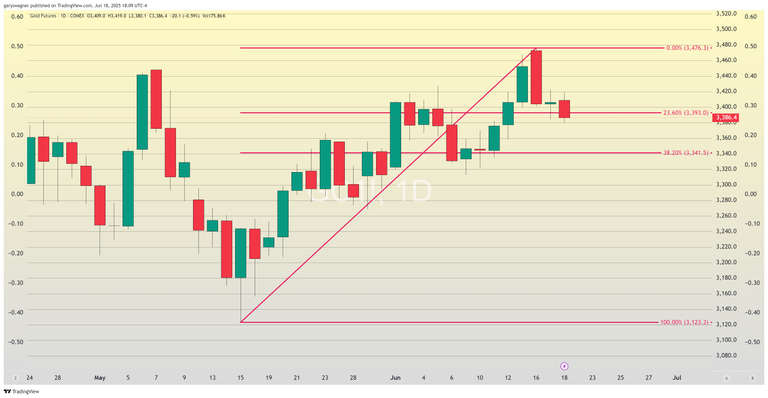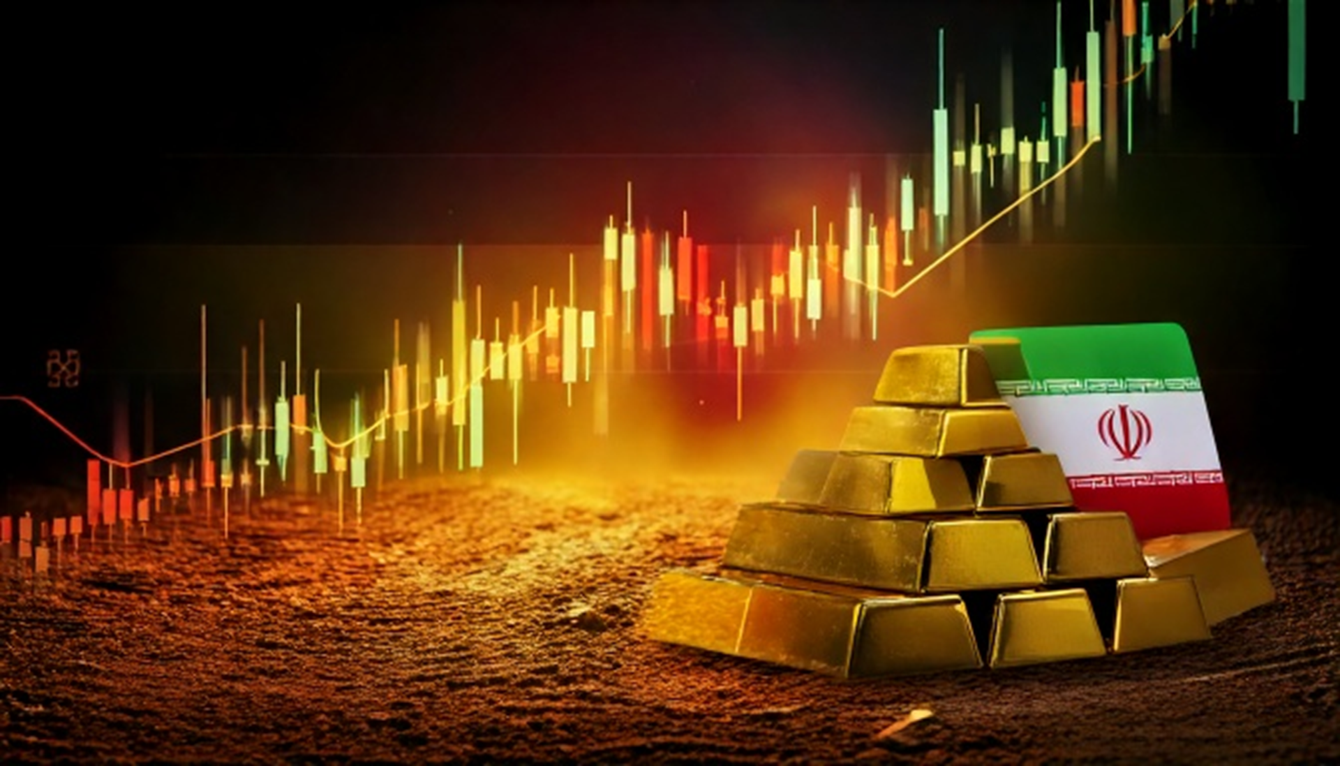Gold markets experienced extraordinary volatility this week, showcasing both the precious metal's enduring appeal as a safe-haven asset and the ephemeral nature of crisis-driven rallies.
The drama began last Friday when Israel launched military operations targeting nuclear facilities in Iran, triggering an immediate flight to safety that propelled spot gold to an unprecedented closing high of $3,432.63. This breakthrough surpassed the previous record of $3,431.14 established on May 6, extending gold's remarkable spring rally that has captivated investors worldwide. The futures market told an even more compelling story, with the August 2025 contract surging $46 to reach $3,452.40, eclipsing the former highest opening price of $3,441.80.

However, the euphoria proved short-lived. Despite exemplifying the classic safe-haven dynamics that have defined gold trading for generations, the precious metal's ability to maintain these elevated levels quickly evaporated. Monday's opening at $3,473.00 initially suggested continued strength, but the trading session delivered a harsh reality check. A relentless selloff emerged, ultimately carving out a devastating $48.30 decline that pushed August gold down to $3,404.30 by the close.
Tuesday brought temporary respite as prices consolidated with a modest $2.20 gain, though the technical picture remained concerning because it contained both lower highs and lower lows compared to Monday's dramatic retreat. The selling pressure resumed in earnest today, with gold futures surrendering another $20.10 by 5:00 PM ET, forcing prices below the psychologically important $3,400 level to settle at $3,386.40.
The Federal Reserve's policy announcement today added another layer of complexity to gold's narrative. The central bank maintained its benchmark interest rate which is between 4.25% to 4.50%, continuing its cautious data-dependent approach while carefully monitoring the economic implications of President Trump's trade policies, particularly regarding tariffs. Fed officials expressed expectations that inflation pressures may intensify in the coming months, yet they maintained their projection for two additional rate cuts before year-end, matching the guidance provided in March's dot plot projections.
Federal Reserve Chairman Jerome Powell's measured commentary captured the prevailing uncertainty, stating that policymakers are "well positioned to wait to learn more about the likely course of the economy before considering any adjustments to our policy stance." The Fed's statement acknowledged that while "uncertainty about the economic outlook has diminished," it "remains elevated," reflecting the complex crosscurrents facing monetary policymakers.
The fundamental backdrop that initially drove gold to Monday's record opening encompasses several enduring themes. Central banks globally have maintained aggressive gold accumulation programs. Ongoing geopolitical tensions, particularly the conflicts in Ukraine and the Middle East, continue to underscore gold's role as a monetary hedge against uncertainty. Additionally, market expectations for eventual interest rate reductions traditionally favor non-yielding assets like gold by diminishing opportunity costs relative to income-generating alternatives.
This week's price action illustrates the dual nature of modern gold markets, where genuine safe-haven demand can quickly give way to profit-taking and technical selling. While the initial geopolitical shock provided sufficient catalyst for record-breaking prices, sustaining those levels requires broader investor conviction and supportive macroeconomic conditions. The rapid reversal from Mondays opening price to today's close below $3,400 demonstrates how quickly sentiment can shift.
Looking ahead, gold's trajectory will likely depend on the interplay between persistent geopolitical risks, Federal Reserve policy evolution, and the broader economic landscape shaped by evolving trade policies. The precious metal's ability to reclaim its recent highs may ultimately hinge on whether current uncertainties translate into sustained institutional and retail investor demand, or whether the recent spike proves to be another temporary crisis premium that dissipates as markets adapt to new geopolitical realities.
For those who wish to learn more about our service, please click here
Wishing you as always. good trading,

